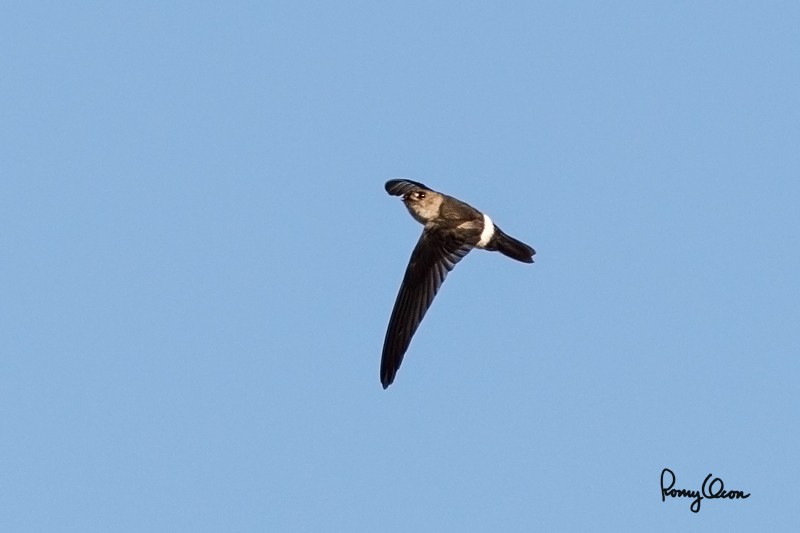This migratory raptor, whose wingspan exceeds four feet, feeds exclusively on fish. Its diving routine to catch its regular meal is one of nature's awesome spectacles.
I was privileged to witness this fishing raptor get its prey at the vast fishponds of Sto. Tomas recently. The bird closes its nictitating membrane (a semi-transparent secondary eyelid) at the point of impact to protect its eyes from damage. When this image was taken a split second after the grab, the nictitating membrane was still unretracted.
Again, I'm impressed by the amazingly quick AF of my new BIF rig (7D MII + 400 f/4 DO IS II + 1.4x TC II). My reaction time to acquiring and tracking the diving hunter was delayed, but the combo was quick enough to compensate for the shooter's slowness. It managed to lock in almost instantly to capture this first frame of a short burst.
__________
Osprey (Pandion haliaetus, migrant)
Habitat - Associated with water both along coast and inland.
Habitat - Associated with water both along coast and inland.














































